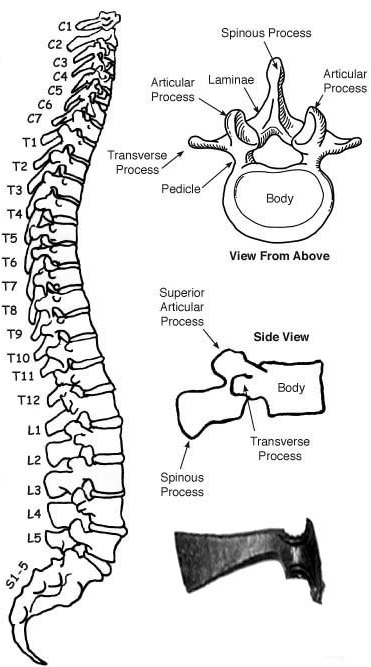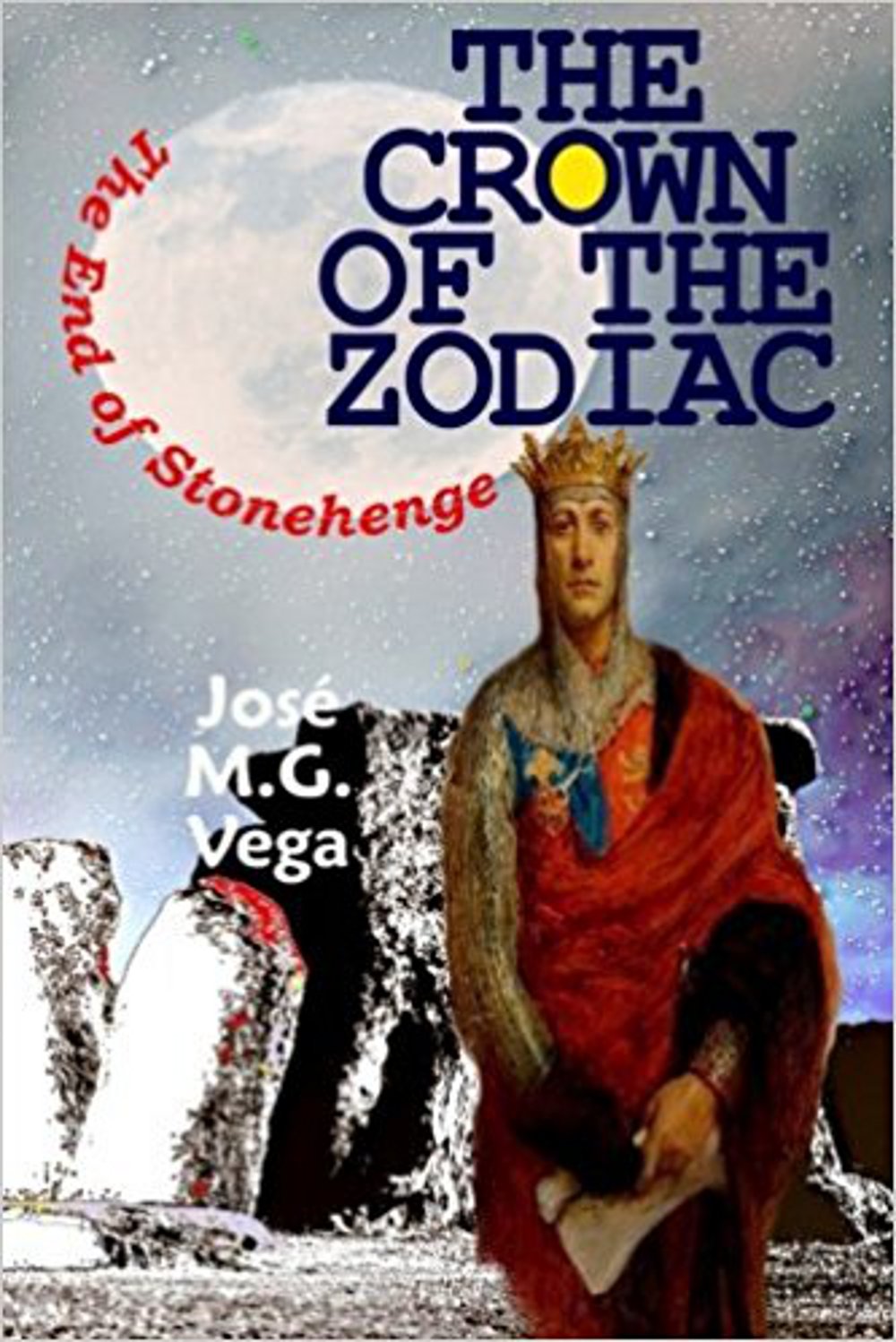
I’m writing this right after leaving the movie theater, with the images still fresh on my retinas. Miyazaki has done it again. The Boy and the Heron is another masterpiece, in the same league as Spirited Away. In fact, they are the same story, although the new one is more subtle and full of nuances, I would even dare say more mature. Both narrate the adventure par excellence: the discovery of our true nature.
And since they convey the same message, it’s logical that there are similarities. The most obvious is the protagonists: Chihiro and Mahito. They both represent our longing to find ourselves. This spiritual quest takes the form of searching for her parents in the case of Chihiro, or for his aunt in the case of Mahito.
Wouldn’t you say that self-inflicting a cutting on his head, as Mahito does at the beginning of the film, is the perfect metaphor for the initially painful journey of entering the interior of our minds?
In both films, the adventures take place in ghostly settings, the most appropriate metaphor for our inner world. An amusement park and a castle, both abandoned, are the access doors to the depths of our being. Furthermore, both films describe a circular journey, in and out of that world, in which the protagonists seem to be the same, although an irreversible transformation has occurred, as both are reunited with their parents, that is, our spiritual longing ends up discovering our true nature.

Another equivalence of characters is that of Yubaba and the “Great Great Uncle.” The owner of the bathhouse and the Creator of his world represent the mind, the ego. In The Boy and the Heron, the representation of the ego as a creator of its world through combining pieces is more than revealing, since identity is nothing more than the result of a conglomerate of pieces that barely remain in balance. The entire world of the Creator receives the force of a floating rock, a powerful image of what the ego is, an entity detached from reality.
And if the servants in Yubaba’s bathhouse were frogs, representing thoughts, those in the Creator’s residence are even more eloquent: parakeets! Again, this is a perfect choice to represent the constant chatter of thoughts. Furthermore, they have a king, which we could assign to the ability we have to galvanize ourselves around ideals that are not necessarily positive, as the film reflects.

In addition to parakeets, there are also pelicans in the underworld, which feed on little white bubbles called warawaras. These amorphous little creatures represent the germ of our thoughts and emotions, still full of ascensional energy and innocence. Unfortunately, on their journey from the subconscious to emerging in consciousness, they can fall prey to pelicans, who therefore represent negative emotions, that is, repressed energy that when sent to the subconscious becomes self-destructive.
There are two very special characters in the infraworld. One is Kiriko, a young sailor full of energy and determination who sells huge fish to the warawara, and who reminds me a lot of Lin, the girl who helps Chihiro with the cleaning work in the bathhouse. The scene in which Mahito has to gut the big fish has the same symbolic resonance as that of Chihiro bathing a stinking ghost. In both cases, the meaning is the same, that of eviscerating or cleaning the filth that we accumulate in the bowels of the mind. In the case of Chihiro, the stinking ghost transforms into a luminous dragon that flies towards the sky, and in the case of Mahito, the fish and its entrails serve as food for the warawara, the ascensional energy.

The other special character is Himi, the girl who can transform into fire. Don’t tell me she isn’t modeled after Haku, the boy who can transform into a dragon. If, as I said then, Haku represents our capacity for transformation, so must Himi in the new film. The same affinity that arises between Haku and Chihiro arises between Himi and Mahito, pure love between our capacity for transformation and our spiritual longing, capable of overthrowing the world of ego.
The heron is an addition to the characters of our inner world that were displayed in Spirited Away. The heron represents that which moves between consciousness and the subconscious; that’s why it’s a hybrid between a heron (subconscious) and a grotesque man (conscious).
The call to the unknown redirects our attention towards spiritual life. It can attract us with substitutes for the real, as in the scene in which the heron shows Mahito his mother and turns out to be a figure that dissolves into a puddle. Although the reasons why we sometimes start in spiritual matters are not entirely right, they’re essential to take our first steps. Eventually, when we manage “to control the heron,” we will have our best ally in it. The ability to move between both worlds, conscious and subconscious, is essential to access the palace of the creator, the ego.

Mahito’s father is that part of us that projects itself outwards in work, in being successful, in competing. He’s an important figure in our spiritual quest, the outer journey that complements the inner one, and that’s why Mahito ends up meeting him at the end of the movie.
As for the old maids, they represent tradition and our most intimate fonds planted in our childhood, where we always find consolation and solace. Without them, life would be unbearable. However, it’s difficult for them to see the spiritual dimension of our search. In the underworld, they appear as protective statuettes, refuges in a territory, such as the subconscious, that can be hostile.

I have purposely left the two key characters for last. I mean Mahito’s mother and his aunt. It felt like a small revelation to discover what I think Miyazaki thought when plotting his film. Mahito’s mother dies during a fire caused by a bombing. The widowed father marries her younger sister, of striking resemblance. What does Natsuko, Mahito’s aunt, his mother’s younger sister, represent? The film answers: affection. All Mahito receives from Natsuko is affection. What the genius Miyazaki is telling us is that love is the sister of our true nature, and that searching for one will find the other.
In the film, Mahito goes in search of Natsuko convinced that he will not find his mother (the ruse that the heron uses to lure him to the underworld) because she’s dead. But, actually, in searching for Natsuto (for love), he ends up finding his mother (his true self). In a necessary twist to break the linearity of time, Mahito meets his mother before being his mother, who turns out to be Himi. Our ability to transform is a “younger version” of our true nature.

The scene in which Mahito, with the help of Himi, enters the delivery room where Natsuko is lying down, is key to understanding the film. When our spiritual longing, with the help of our capacity for transformation, accesses the deepest part of our being, a place forbidden to thoughts, we can find love in an unknown facet, appearing otherwise. Miyazaki knows that we must detach from even the most daring feelings. Strips of paper around Natsuko become a sticky swarm that Himi finally destroys with her fire, since, for the fire of wisdom, attachments, even the most dear ones, are mere paper. (The scene also appears in Spirited Away, as a swarm of paper figurines attacking Haku.)
The underworld disappears with its Creator, but first Himi leaves through a space-time door towards her future as Mahito’s mother, knowing that she will know how to “transform” when she dies in the fire. As for Mahito and Natsuko, they leave through another door.
Thus, Mahito escapes from the illusion created by his Great Great Uncle, but parakeets and pelicans also escape, converted into harmless beings. That’s right, finding our authentic nature does not mean destroying our thoughts or emotions, it’s just that now they stop being dangerous and become aspects that give color to our inner world.









 When I was fifteen I broke my neck while diving into a swimming pool not deep enough. Believe me, I’m familiar with the x-ray images of the vertebral column. I always thought its profile looks like stacked axes with a single handle.
When I was fifteen I broke my neck while diving into a swimming pool not deep enough. Believe me, I’m familiar with the x-ray images of the vertebral column. I always thought its profile looks like stacked axes with a single handle.




 Odysseus is the only one capable of firing his bow—the climax of the epic. The hero, still seated, shoots an arrow through twelve axes placed in a row. In meditation, we fire the energy (the ax is a solar symbol) that flows through the centers of consciousness (chakras) aligned with our spine.
Odysseus is the only one capable of firing his bow—the climax of the epic. The hero, still seated, shoots an arrow through twelve axes placed in a row. In meditation, we fire the energy (the ax is a solar symbol) that flows through the centers of consciousness (chakras) aligned with our spine. I just came out from the Pixar Animation Studios in California, where I had the privilege of previewing Moana, the latest movie from Disney.
I just came out from the Pixar Animation Studios in California, where I had the privilege of previewing Moana, the latest movie from Disney. Jesus was born on July 25, 7 BC.
Jesus was born on July 25, 7 BC.






 CLIMBSKIN
CLIMBSKIN